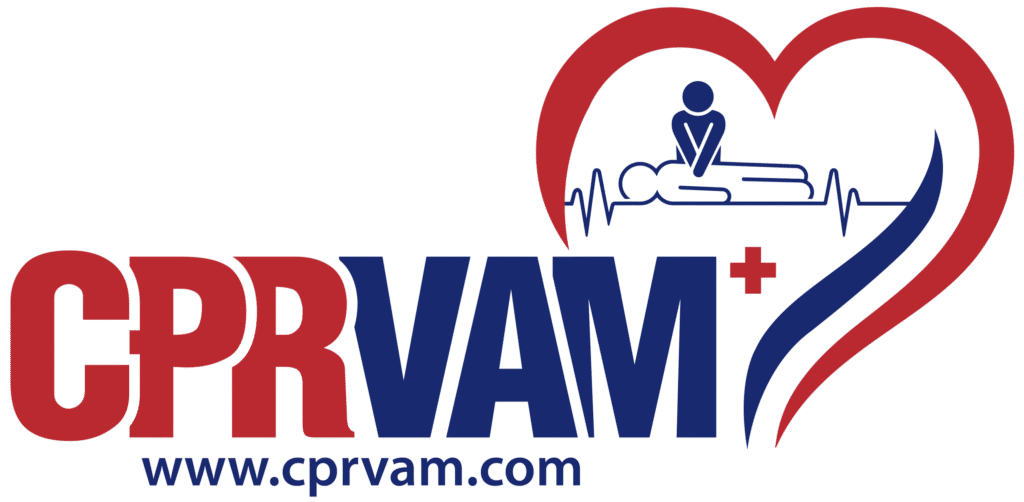Learn PALS Septic Shock Treatment Algorithm!
Pediatric Septic Shock is one of the major life-threatening conditions in children. Healthcare professionals specialized in children’s care use the PALS algorithm for the treatment of pediatric sepsis in infants and children. It guides for recognizing the symptoms early, administering appropriate medical intervention, continuous support, and advanced care for the children suffering the shock.
PALS certification includes an algorithm like this for a step-wise treatment approach, which helps effective emergency response and ultimately improves recovery outcomes. You can boost your emergency preparedness in childcare settings by getting AHA PALS certified from CPR VAM in nearby locations. Get hands-on training on lifesaving skills to handle pediatric emergencies confidently.





